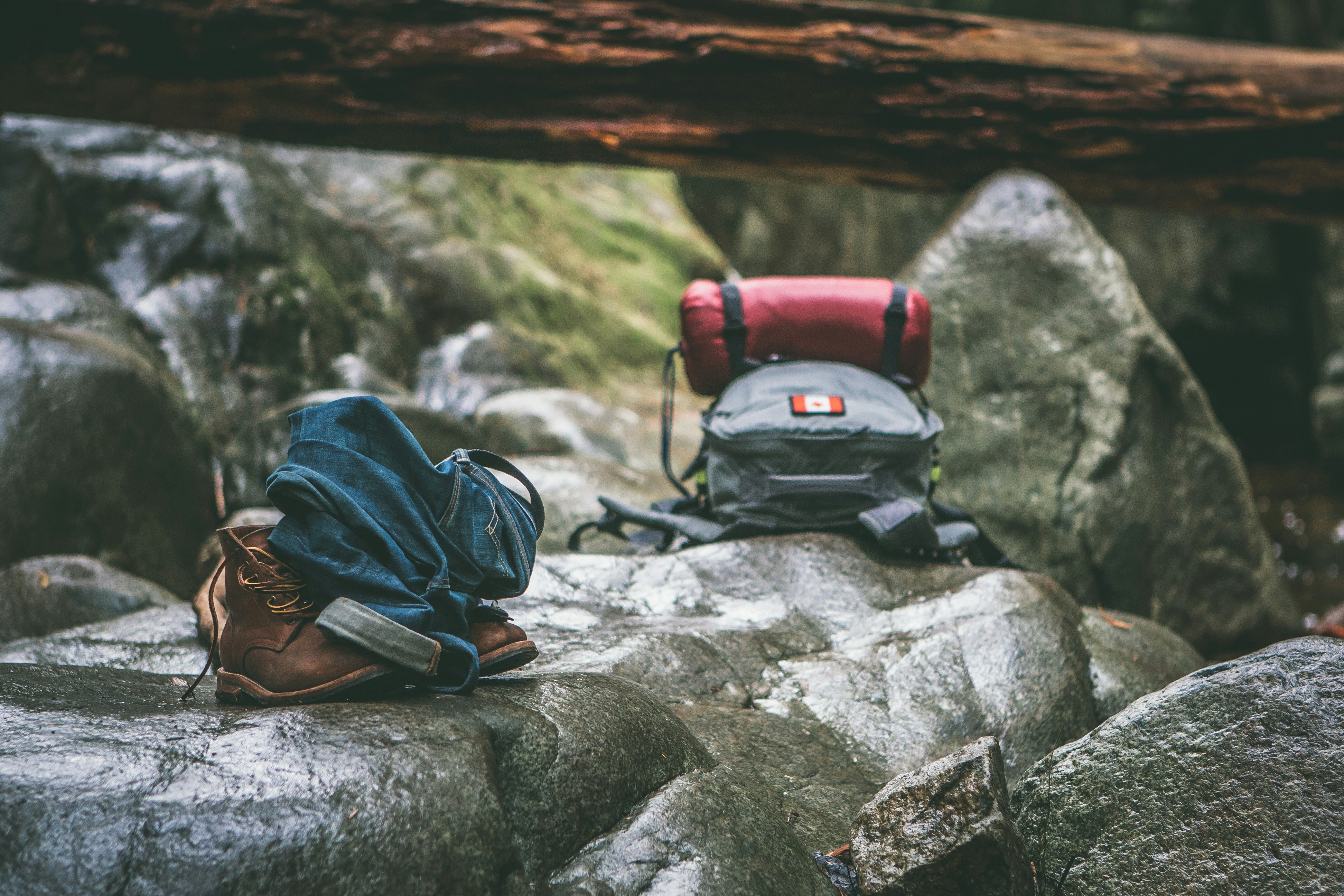Rucking Calories Burned: How to Calculate and Improve
· 10 min read · rory@getrucky.com
calories weight loss metrics

Rucking turns a normal walk into a dad-powered calorie factory. Add a backpack, add some load, and boom—your energy burn climbs. The total depends on your bodyweight, pack weight, pace, terrain, and time on feet. Go a little longer and a light-to-moderate ruck can rival easy runs. I sometimes overcook the first mile, then dial it back and let the numbers steer me.
Factors That Affect Calorie Burn
Body Weight
Model‑based: Calorie burn scales with body mass at a given speed and load in validated load‑carriage models[2].
Ruck Weight
Load effect: Heavier loads increase metabolic rate at a given speed; very heavy loads can slow pace, so hourly calories may plateau[1], [2].
Pace and Distance
Speed‑Energy relationship: Energy cost rises with speed; models capture this effect across walking speeds and loads[2].
Terrain
Grade/Surface Impact: Hills and uneven or soft terrain increase energy cost under load[4], [5].
How Rucking Burns Calories
Mechanisms: External load increases mechanical work; grade/terrain further raise cost. Validated models align with indirect calorimetry for backpacks and weighted vests in lab and field settings[1], [2], [3], [4].
Improve Calorie Burn Safely
- Extend duration before increasing weight.
- Add gentle hills or intervals (e.g., 3–5 min brisk, 2–3 min easy).
- Use good posture and shorter steps to maintain efficiency.
- Track heart rate to stay in an aerobic zone for longer sessions.
Common Mistakes
- Jumping weight too quickly—leads to hotspots and overuse issues.
- Leaning forward excessively—strain on low back and neck.
- Ignoring footwear and socks—blisters reduce consistency.
References
- Looney, D.P. et al. (2024). Metabolic Costs of Walking with Weighted Vests. Med Sci Sports Exerc. PubMed.
- Looney, D.P. et al. (2022). Modeling the Metabolic Costs of Heavy Military Backpacking (LCDA). Med Sci Sports Exerc. Open access.
- Weyand, P.G. et al. (2021). Real‑world walking economy on mixed‑terrain course. J Appl Physiol. Open access.
- Complex Terrain Load Carriage Energy Expenditure (2018). Med Sci Sports Exerc. Publisher.
- Review: Physiological impact of load carriage (2022). Open access.
Additional perspectives
- Zone 2 training (context): Peter Attia’s guide to Zone 2 and why it matters for mitochondrial health/aerobic capacity. Read the guide.
- Popular commentary: Gary Brecka on weighted vests and walking—motivational perspective, not peer‑reviewed research. Watch on YouTube.
Rucking Calorie Calculator
Looking for a rucking calorie calculator (aka ruck calorie calculator, calories burned rucking calculator, or even a GoRuck calorie calculator)? Use our free tool to estimate your calories by body weight, pack weight, pace, grade, and terrain: Open the Rucking Calorie Calculator. It uses validated load‑carriage models and practical defaults.
How accurate are rucking calorie calculators?
What about hills, trails, or sand?
Related Guides
- What Is Rucking? Complete Beginner's Guide - Start here for basics
- How Much Weight Should You Ruck With? - Optimize your load
- Rucking vs Running - Compare calorie efficiency
- Rucking Calorie Calculator - Calculate your exact burn
Enjoyed this guide? Download the app to track your rucks, calories, and progress: iOS · Android